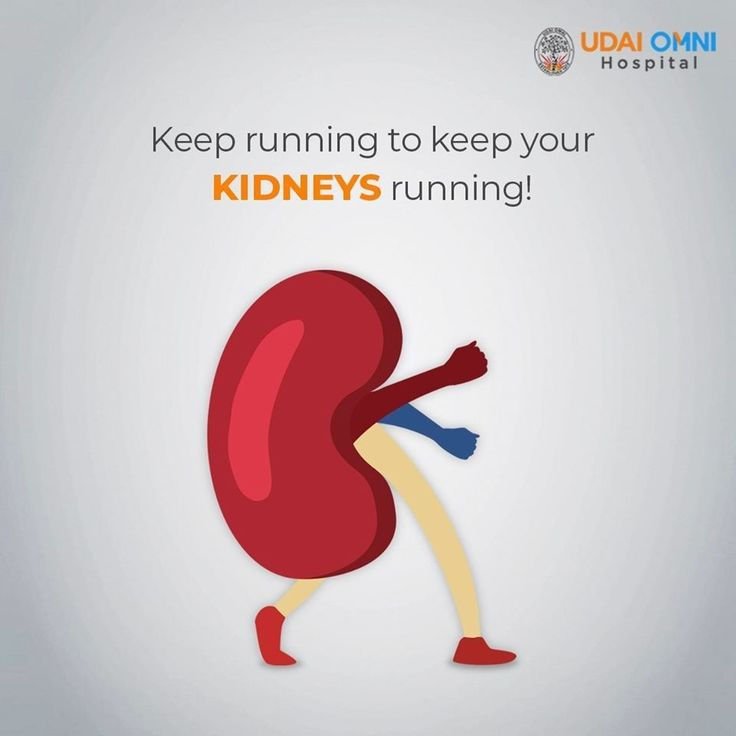Understanding Women’s Health: Common Gynecological Issues and When to See a Doctor
- SNS Hospital

- Apr 2
- 2 min read
Updated: Apr 9
Gynecology is an essential branch of medicine that focuses on the health of the female reproductive system. From puberty to menopause and beyond, women experience various physiological changes, making regular gynecological check-ups crucial for maintaining overall well-being.
In this blog, we will explore some common gynecological issues, their causes, symptoms, and treatment options.
1. Menstrual Disorders
Types of Menstrual Irregularities:
Dysmenorrhea: Painful periods
Amenorrhea: Absence of menstruation
Menorrhagia: Heavy menstrual bleeding
Irregular Cycles: Unpredictable menstrual cycles
Causes & Treatment:
Hormonal imbalances, polycystic ovary syndrome (PCOS), thyroid disorders, and uterine fibroids are common causes of menstrual irregularities. Treatment options include lifestyle modifications, hormonal therapy, medications, and, in some cases, surgical intervention.
2. Polycystic Ovary Syndrome (PCOS)
PCOS is a hormonal disorder affecting women of reproductive age, leading to:
✔ Irregular periods
✔ Excess androgen levels (causing acne, hair growth)
✔ Ovarian cysts
✔ Weight gain and insulin resistance
Management:
PCOS can be managed through dietary changes, weight management, hormonal therapy, and medications like Metformin for insulin resistance.
3. Urinary Tract Infections (UTIs)
Urinary tract infections are common among women due to a shorter urethra, making bacterial infections more likely.
Symptoms:
✔ Burning sensation during urination
✔ Frequent urination
✔ Cloudy or strong-smelling urine
✔ Pelvic pain
Treatment & Prevention:
UTIs are treated with antibiotics. Drinking plenty of water, maintaining good hygiene, and urinating after intercourse can help prevent infections.
4. Endometriosis
Endometriosis occurs when tissue similar to the uterine lining grows outside the uterus, leading to severe pain and fertility issues.
Symptoms:
✔ Chronic pelvic pain
✔ Heavy or irregular periods
✔ Pain during intercourse
✔ Infertility
Treatment Options:
Pain management, hormonal therapy, and surgical interventions (such as laparoscopy) are common treatment approaches.
5. Fibroids and Ovarian Cysts
Uterine Fibroids: Non-cancerous growths in the uterus that can cause heavy bleeding and pelvic pain.
Ovarian Cysts: Fluid-filled sacs on the ovaries, often resolving on their own but sometimes requiring medical intervention.
·
When to See a Doctor?
✔ Persistent pelvic pain
✔ Heavy or prolonged bleeding
✔ Difficulty conceiving
✔ Unexplained bloating
6. Menopause and Hormonal Changes
Menopause marks the end of a woman’s reproductive years, bringing symptoms like hot flashes, mood swings, and bone loss.
Managing Menopausal Symptoms:
✔ Hormone Replacement Therapy (HRT)
✔ Calcium and Vitamin D supplements
✔ Regular exercise
✔ Stress management
Final Thoughts
Women’s health should never be overlooked. Regular gynecological check-ups, early detection, and timely treatment of issues can improve quality of life. If you experience persistent symptoms, consult a gynecologist to address concerns and receive appropriate care.





Comments